Handmade wood carving crafts combine the beauty of nature's materials and the ingenuity of manual carving and are loved by many. With the development of wood carving, more and more people have become interested in exquisite wood carving crafts and are looking for ways to learn wood carving techniques. After all, it is a very pleasurable thing to carve a lovely little wood carving yourself. If you are also a beginner learning wood carving, then this guide is a good one to have.
Step 1: Prepare the required tools
Basic Engraving Tools:
As a beginner, you do not need to buy advanced carving tools that are difficult to handle like the masters do, but just some basic engraving tools will suffice. For example, a flat knife, small saw, pencil sharpener chisel knife of different widths, as well as V-shaped knife and U-shaped knife for carving details.
Auxiliary tools
sandpaper, brushes, clamps, pencils, sketch paper.
optional tools:
as a beginner who is not very good at using various shapes of carving knives, you can prepare an electric carving pen.
Step 2: Design Draft
To make a wood carving craft, beginners first need to design a draft. According to their own ideas, find similar works and copy, draw on the draft paper. Because wood carving has many different carving techniques, wood carving draft is mainly divided into hollow relief, three-dimensional round carving and plane carving. Each of these three forms has different design ideas. Openwork is the most difficult, so it is recommended that beginners choose either three-dimensional round carving or plane carving.
1.Three-dimensional round carving
First of all, we need to draw the plan of the wood carving according to our own ideas, and then deepen the details. Because the round carving is a three-dimensional shape, although we draw a plan, but we need to build a three-dimensional drawing in our mind, in the draft drawing to mark out which areas need to be reserved for how much size.
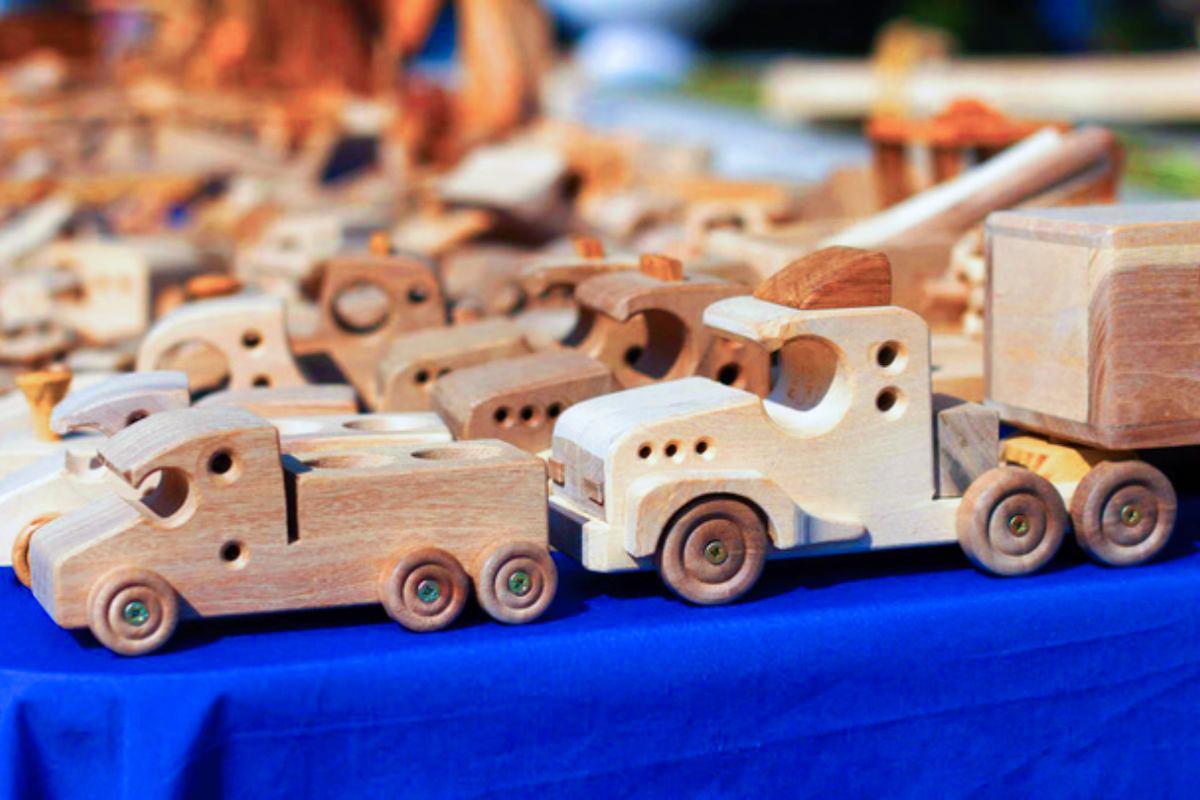
2. Plane engraving
Plane engraving is mainly in a fixed size plate, according to the drawing of the pattern for carving can be, is the most simple, the most suitable for beginners of the engraving process. So in the sketch only need to mark out the size of the plate and depict the pattern you want to carve can be.
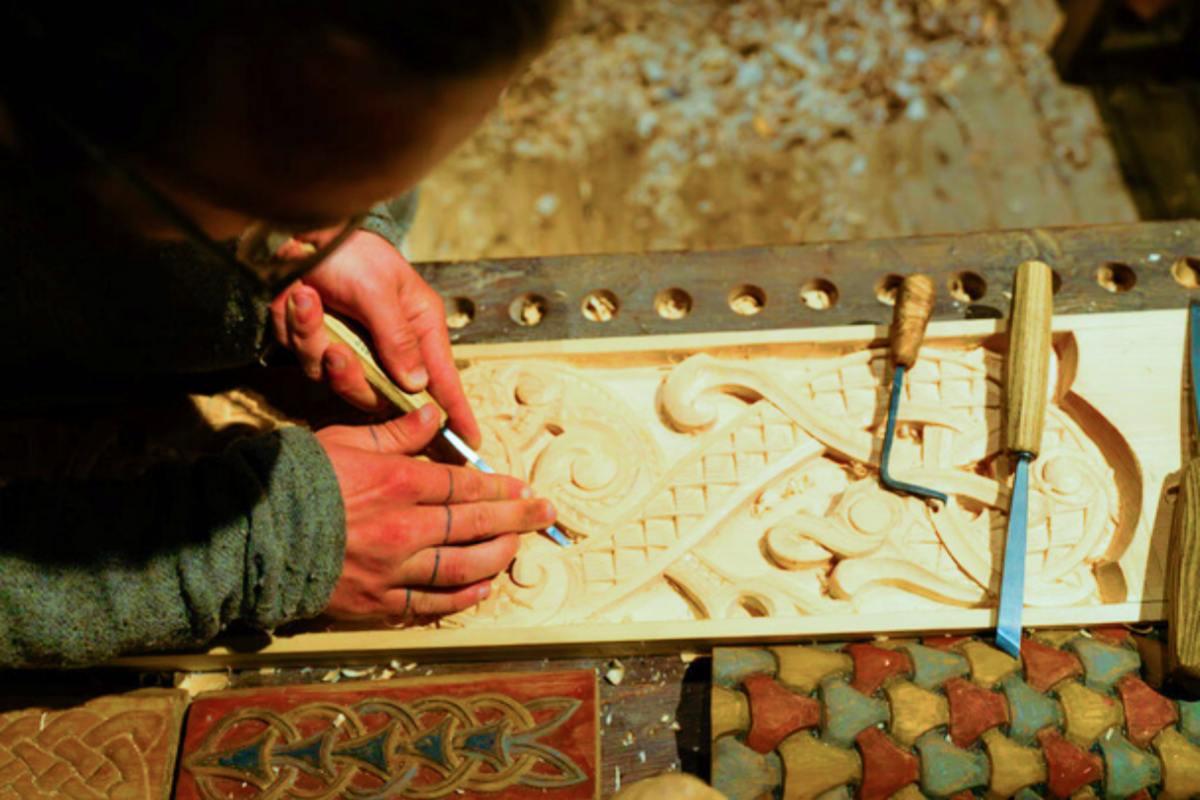
Step 3: Selection of materials
Material:
beginners choose softwood, such as basswood, pine, poplar and other wood easy to carve. Remember not to choose hardwood for the first time, the material is too hard for beginners to carry out carving is easy to appear hand injury accident.
Shape and size:
according to the draft map marking the size of the wood to choose to meet the requirements. If it is a flat carving, find the right size can be: if it is a round wood carving, you can go to look for some unique shapes of wood, such as a long strip of wood with forked branches to carve a long ribbon fish.
Appearance:
there should be no obvious cracks and scars on the wood, otherwise the wood carving may have irreparable flaws after completion.
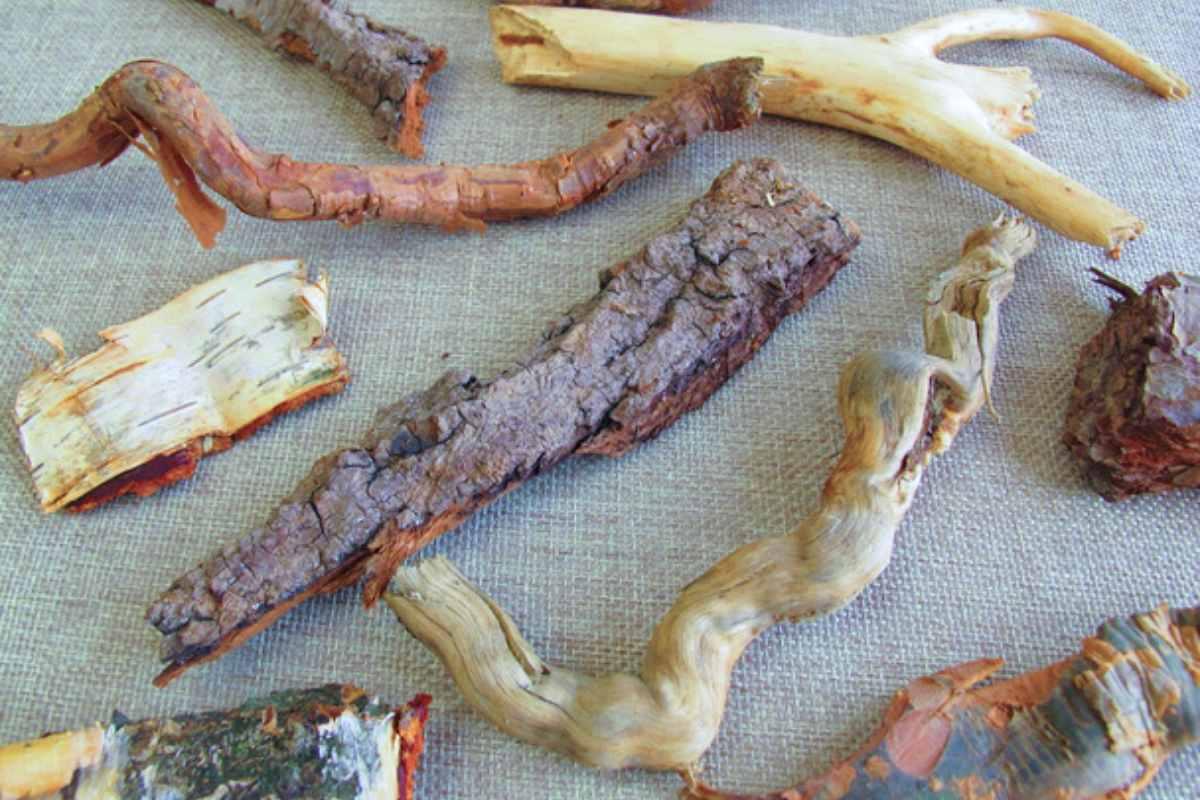
Step 4: Base shape
Roughly remove the excess wood from the wood by chiseling and cutting. After removing most of the wood, use tools to sand the rough basic shape according to the draft. During the sanding process, the volume of each part of the wood should be left to allow some room for the rough carving later.
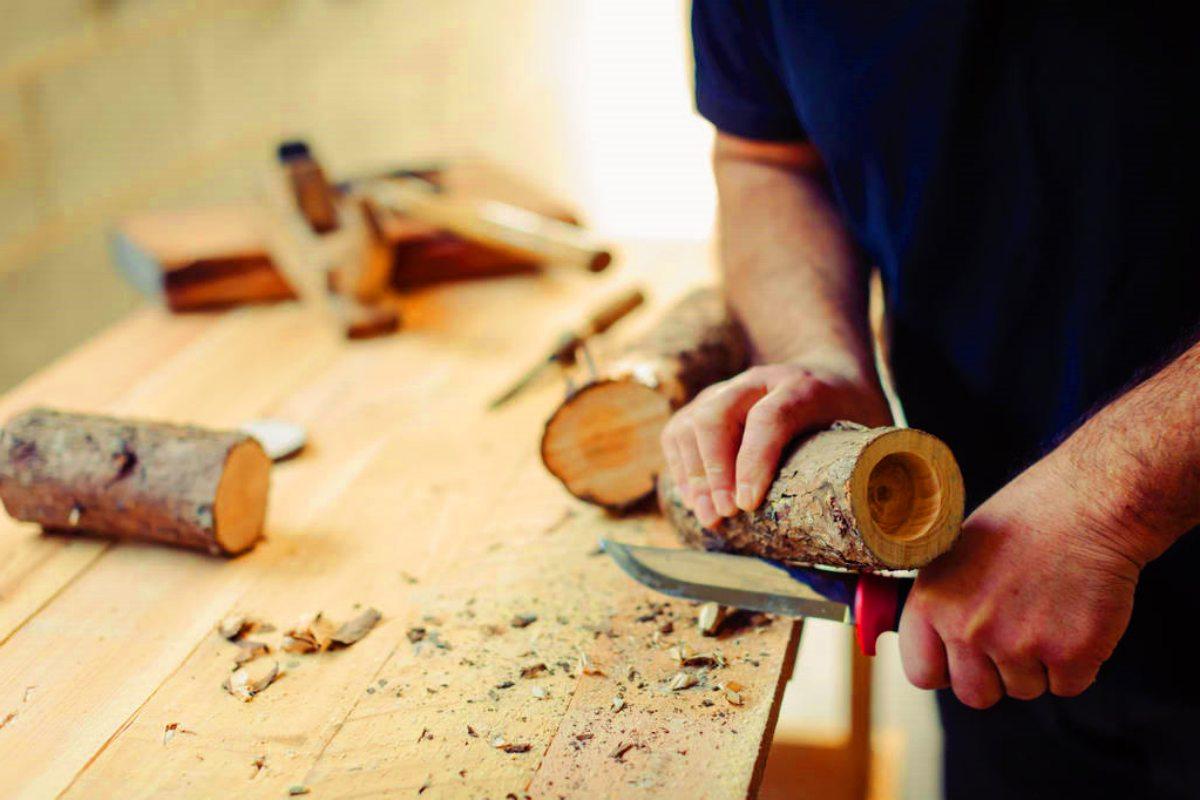
Step 5: Rough and fine carving
The basic shape of the wood carving work is completed, and then you need to take out the ready carving tools, in the wood carving was deliberately left on the margin area for processing. Fine carving requires beginners to work on the fine details of the work to modify and carve, according to their own ideas to optimize the carving of the details of the part. Rough carving requires the beginner to continue shaping the overall shape of the wood carving with a wider carving knife.
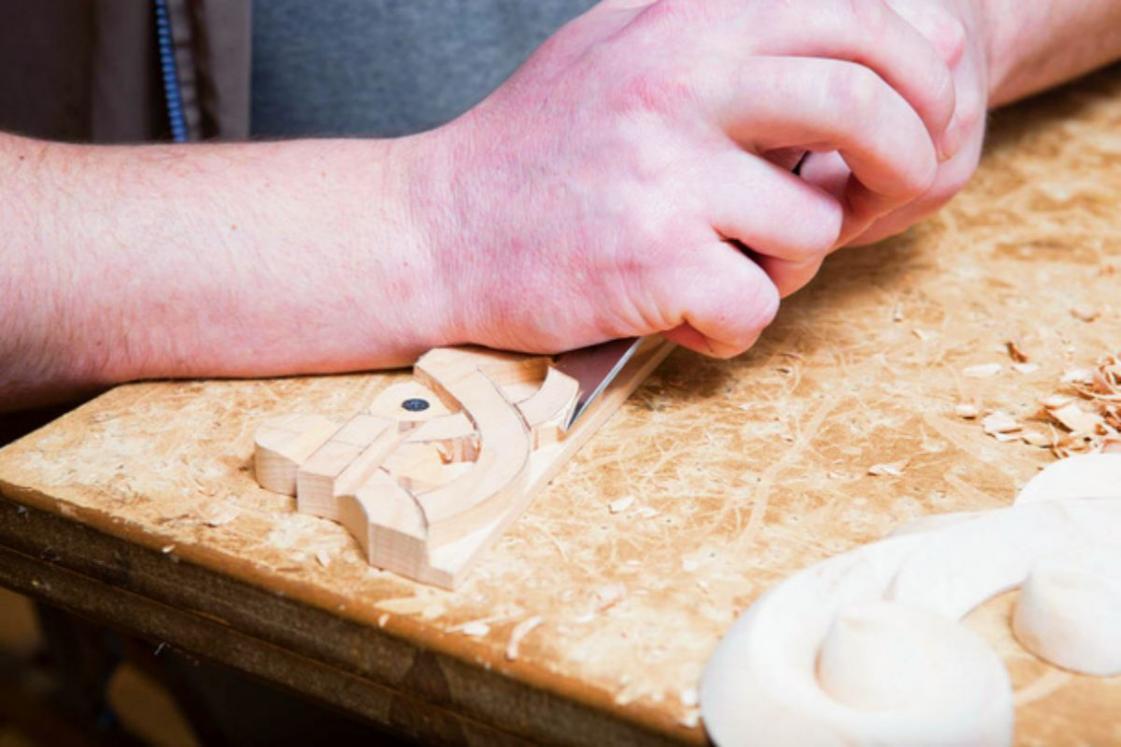
Step 6: Polishing
After the carving work is completed, the overall work will have angular carving marks. If you want to preserve the original carving marks and give the carving a more natural look, you can skip this step and go straight to coloring the wood carving wax. If you want the overall appearance of the piece to be smooth and have a flowing aesthetic, you will need to sand it. Use sandpaper to sand the edges and corners, and then use a brush to clean up the wood shavings after the sanding is completed, and the overall carving of the wood carving is finished.
Step 7: Post-treatment (waxing)
After cleaning up the wood carving and making sure there is no debris on its surface, you can start the final waxing work. If you like the original color of the wood carving, you can use wood dye to highlight the wood grain of the wood carving and show the natural original color. If you like colorful wood carvings with rich visual effects, you can use acrylic paints to color the wood carvings, which will have a good decorative effect. Finally, oil wax, varnish and other paints are applied to create a protective layer for the wood carving.

Conclusion
By following the steps in this guide, beginners can quickly learn how to carve a wood carving craft and know the details and safe practices to pay attention to in each step. Beginners, go to choose a few suitable carving tools and start carving your first wood carving crafts, which will be a very interesting and fulfilling thing for you.









